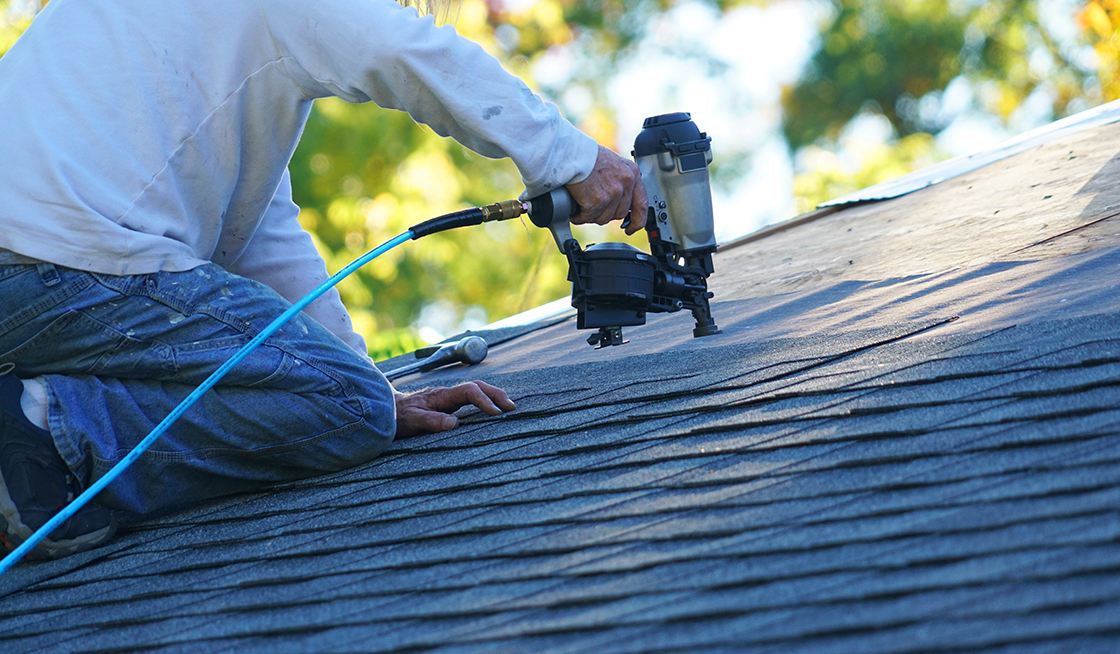You may see water spots on the wall near your windows and think you have a window problem, but you can’t pinpoint the cause. Or maybe you have water damage on the first floor and think it’s because of the upstairs bathroom but the plumber can’t find a leak. Watermarks and leaks could actually be signs of roof damage. Once these leaks occur, you don’t just have to fix or replace the roof; you may have to fix or replace beams, ceilings, and drywall as well. Save yourself a great deal of money and frustration by doing a semi-annual inspection of your roof. Look for these signs:
- The shingles don’t lie quite flat, or there are bald spots where granules are missing.
- There is roofing debris is in the gutter. You may not notice bald spots yet, but if there is roofing debris in your gutters, your shingles are wearing out.
- Your roof looks uneven or wavy, or it seems to be sagging. This usually means there’s a structural problem or an issue with the underlay.
- There are cracks in the roofing. You may not notice this from outside, but go to your attic on a sunny day and turn off the lights – cover windows, if necessary – and see if there’s any light coming through your roofing.
- Moss or mildew is growing on the roof. Some people like the look of it, some don’t. But love it or not, moss and mildew hold moisture and work their way under your shingles, so they’re bad news for your roof. If you live in a heavily wooded area, the moss could simply be from the shade. But it might also be a sign of moisture under your shingles due to roofing damage or poor home ventilation.
- Your roof ridge or flashing is damaged. The ridge is a cap that covers the joining of two roof areas. In traditional roofs, the ridge connects the front and back halves of the roof. But current housing designs often include multiple roof areas and therefore multiple ridges. Flashing is a waterproof material, like aluminum or galvanized steel, placed around structures such as a vent or chimney to direct water away from the seams.
- Your roof is 20+ years old. Roofs take the greatest brunt of the attack from the elements – the power of storms, the force of wind, the weight of snow, and the burning rays of the sun. Roofing is made to be long-lasting, but it is not immortal. Eventually, it begins to wear out, and if you replace it before you see obvious problems, your home and pocketbook will benefit in the long run.
- Your neighbors are replacing their roofs. If your neighbors’ houses are about the same age as yours and they’re replacing their roofs, it’s likely you should, too. Their roofs may have begun to cause problems inside their homes. Don’t wait until you notice interior damage.
Besides your twice-yearly inspection, check your roof after serious storms or wind or after any heavy limbs have landed on it. If you can catch damage quickly, you might avoid needing to replace the entire roof. Contact us at (610) 353-2895 for emergency repairs or to talk to us about how we can help you protect your greatest asset – your home – with an upgraded, beautiful, and expertly installed new roof.

